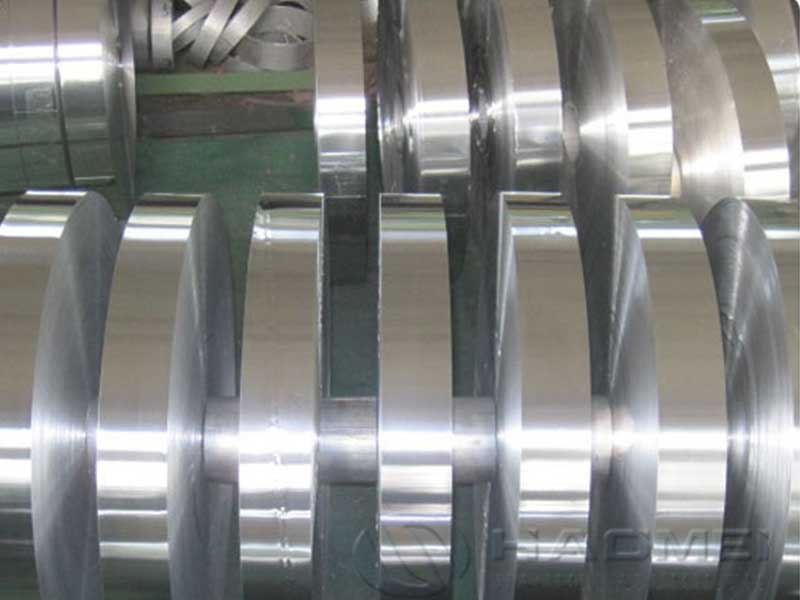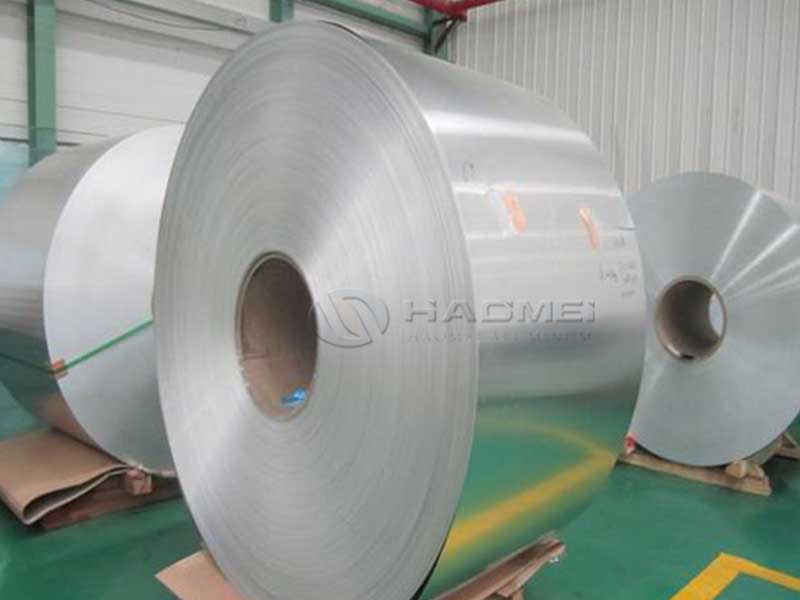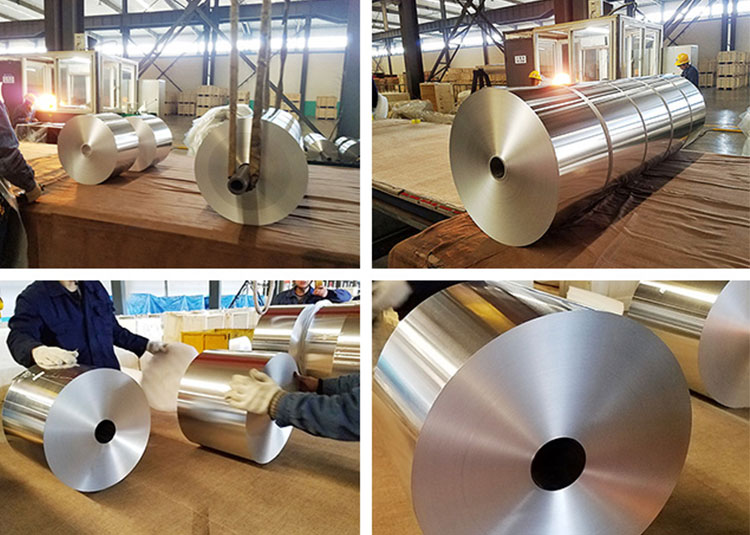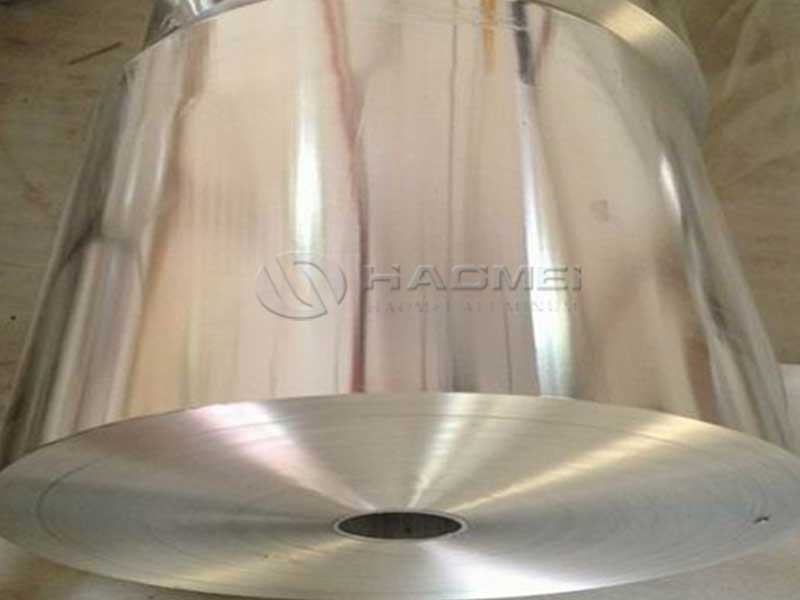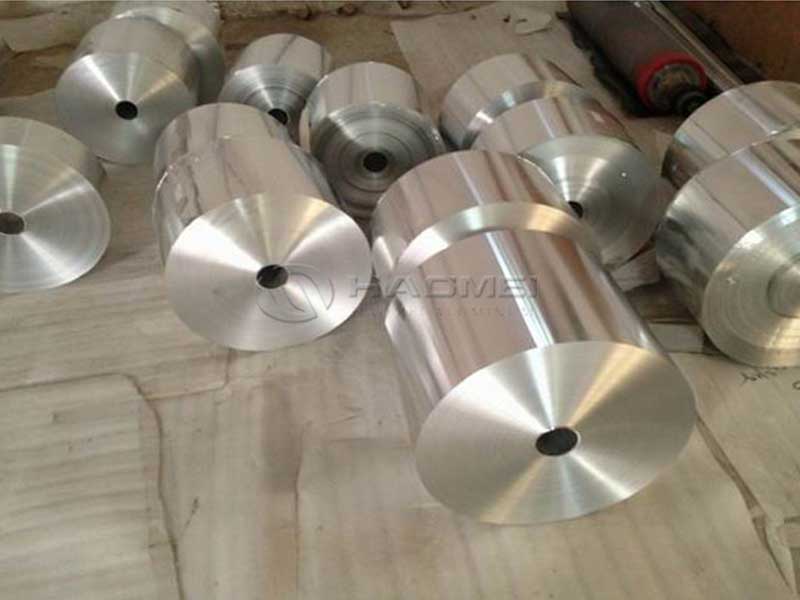Electric Capacitor Aluminium Foil is a critical component in the manufacturing of electrolytic capacitors and other precision electrical devices. It serves as the conductive anode foil, providing excellent electrical conductivity, consistent anodizing quality, and corrosion resistance to ensure optimal capacitor performance, reliability, and longevity.
Product Description
Electric Capacitor Aluminium Foil is specially designed foil with superior purity, produced under controlled conditions to meet stringent electrical applications. It is manufactured primarily using high-grade aluminium alloys, rolled to precisely calibrated gauges, and carefully heat-treated to produce the desired temper. Through this meticulous fabrication process, the foil supports the electrolyte-anode interaction, which dictates capacitance, leakage current, and life cycle of capacitors.
Material and Alloy Specification
Typically, capacitor aluminum foil is made from the following alloys as defined in international standards such as ASTM B485 and EN standards:
| Alloy Designation | Purity (%) | Advantages |
|---|---|---|
| 1235 (A1100) | 99.35 min | High purity, excellent forming, easy etching |
| 1350 (A1050) | 99.50 min | Increased purity, improved conductivity |
The 1235 alloy is the most commonly used due to its excellent anodizing and electrochemical properties.
Tempering Conditions
Temper grades influence the mechanical and electric properties of capacitor foil:
| Temper | Description | Typical Tensile Strength (MPa) | Elongation (%) |
|---|---|---|---|
| H14 | Half-hard, strain hardened | 140 - 170 | 3 - 6 |
| H18 | Harder temper, balanced conductivity + hardness | 170 - 215 | 1 - 3 |
The H14 temper is generally preferred because it balances conductivity and mechanical strength critical during winding and assembly.
Physical & Chemical Properties
Electric capacitor aluminum foil must meet strict chemical composition to prevent impurities that reduce capacitor performance:
| Element | Max Content (%) | Typical Role |
|---|---|---|
| Aluminium (Al) | Balance (>99.35) | Core conductive material |
| Iron (Fe) | 0.40 | Must be controlled—higher levels degrade anodizing |
| Silicon (Si) | 0.40 | Controlled levels required |
| Copper (Cu) | 0.05 | Should be minimized for corrosion resistance |
| Manganese (Mn) | 0.05 | Controls grain structure |
Typically, one can expect electrical conductivity above 64% IACS, which is essential to maintain low ESR (equivalent series resistance) in capacitors.
Standards and Implementation Guidelines
Primary standards governing capacitor aluminum foil include:
- ASTM B485 – Standard specification for aluminium and aluminium-alloy etched capacitor foil
- EN 60286-2 / IEC 60286 – Methods for cutting and presenting lead-frames, along with foil dimensions and treatments used
- JIS H4120 – Japanese industrial standard covering flat rolled thin aluminum
These standards ensure dimensional consistency, mechanical tolerances, and surface finishing suitable for high-voltage anodizing and minimal defects confirmed by strict quality control.
Surface and Processing Notes
- Etching: The microscopic surface area is increased by chemical etching to enhance electrolyte contact and capacitance.
- Anodizing: Foil must anodize evenly revealing well-controlled oxide dielectric thickness.
- Winding Compatibility: Foil should have uniform thickness with minimal edge burrs to avoid damage during assembly.
Sorting and packing also follow specialized protocols such as cleanroom packaging to avoid contamination compromising foil quality.


